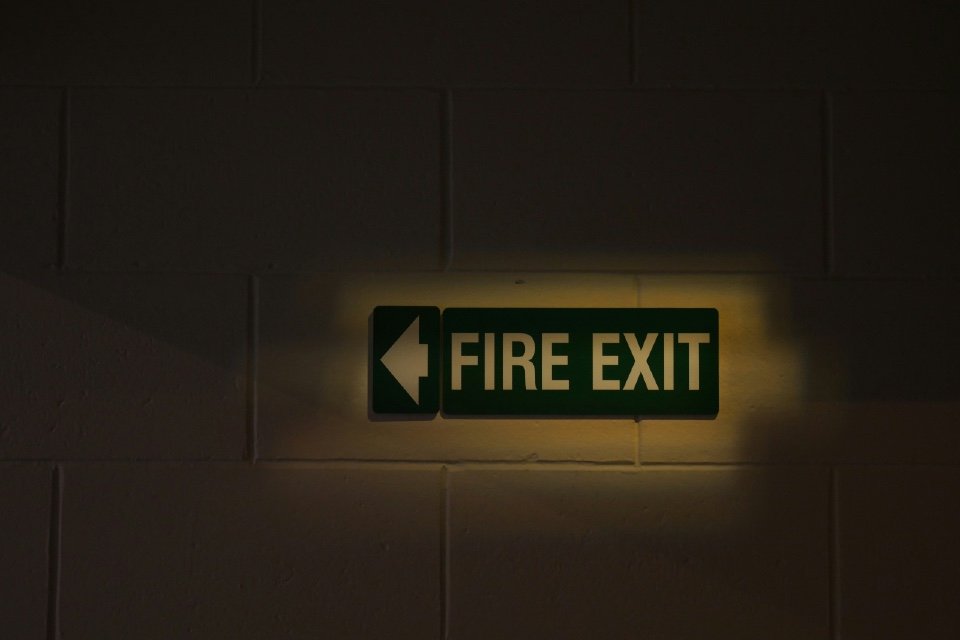A comprehensive fire safety plan is the key to ensuring the wellbeing of your staff, visitors, and the entire building. We’ve pulled together the key considerations in one place to help with your planning…
Conducting a Thorough Risk Assessment
- Identify Fire Hazards: Carry out a thorough risk assessment to identify potential fire hazards throughout your building. This includes electrical wiring, flammable materials, and potential ignition sources.
- Evacuation Route Planning: Develop clear evacuation plans for all areas of the building, taking into account different layouts and accessibility needs. Ensure signage is clear and regularly maintained.
- Muster Points: Designate safe muster points outside the building where occupants can assemble after evacuation.These should be away from potential hazards and clearly marked.
Building a Culture of Fire Safety
- Fire Safety Training: Provide regular fire safety training for all staff members, including new recruits. Cover topics like identifying fire hazards, using fire extinguishers safely (if applicable), and following evacuation procedures.
- Fire Warden Appointing: Appoint competent fire wardens responsible for ensuring orderly evacuation and assisting vulnerable individuals. Provide them with additional training and clear guidelines.
- Regular Fire Drills: Conduct regular fire drills to ensure everyone is familiar with evacuation procedures. Vary drill scenarios to test different situations and maintain awareness.
Maintaining Fire Safety Measures
- Fire Alarm System Maintenance: Ensure your fire alarm system is regularly inspected and serviced by a qualified engineer. Test the system at least quarterly and address any faults promptly.
- Fire Extinguisher Checks: Fire extinguishers require regular maintenance and servicing. Ensure they are readily accessible, properly charged, and staff understand their appropriate use.
- Fire Doors and Escape Routes: Fire doors are vital to compartmentalising a fire. Ensure they are kept unobstructed, self-closing, and in good working order. Maintain clear escape routes free of clutter.
Staying Up-to-Date and Compliant
- Fire Safety Regulations: Familiarise yourself with the latest fire safety regulations like the Regulatory Reform (Fire Safety) Order 2005. Ensure your fire safety plan adheres to these regulations.
- Fire Risk Assessments: Regularly review your fire risk assessments at least annually or following any significant changes in building usage or occupancy.
- Liaising with the Fire Authority: Maintain regular communication with your local fire authority. They can offer guidance on fire safety best practices and conduct inspections to ensure compliance.
Investing in Fire Safety for Peace of Mind
By following these top tips and fostering a proactive approach to fire safety, you can significantly reduce the risk of fire and its devastating consequences. Remember, fire safety isn’t just about compliance; it’s about protecting lives and property.
A well-planned and implemented fire safety strategy demonstrates responsible management and empowers everyone within your organisation to act safely in the event of a fire emergency. So, take the initiative, invest in fire safety, and ensure your organisation remains a place where everyone feels safe and protected.
Photo by Paul Bulai on Unsplash





